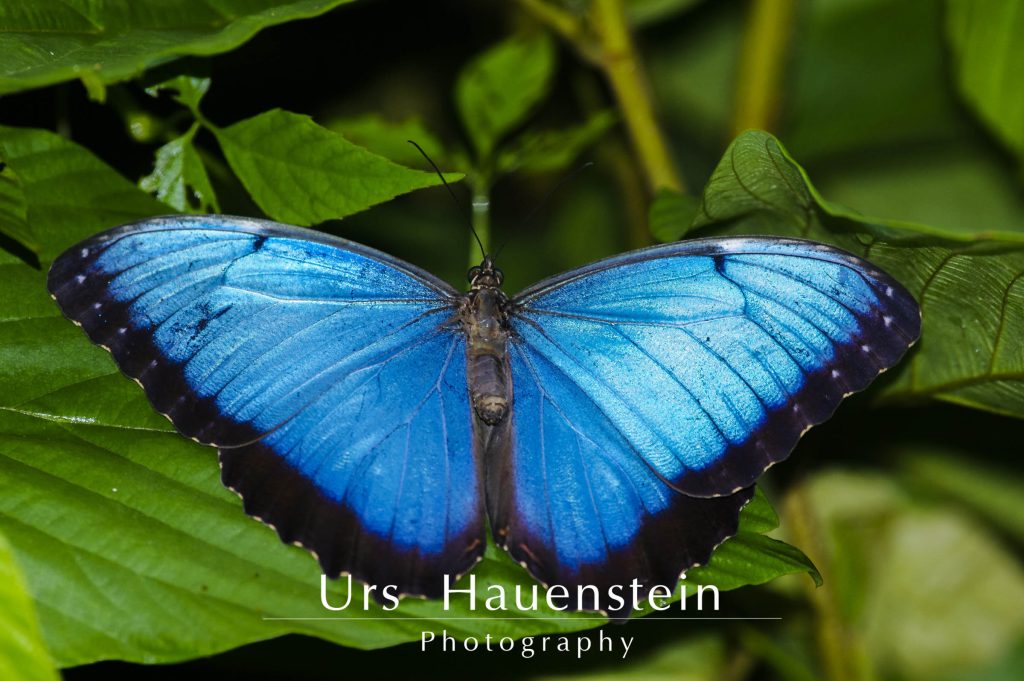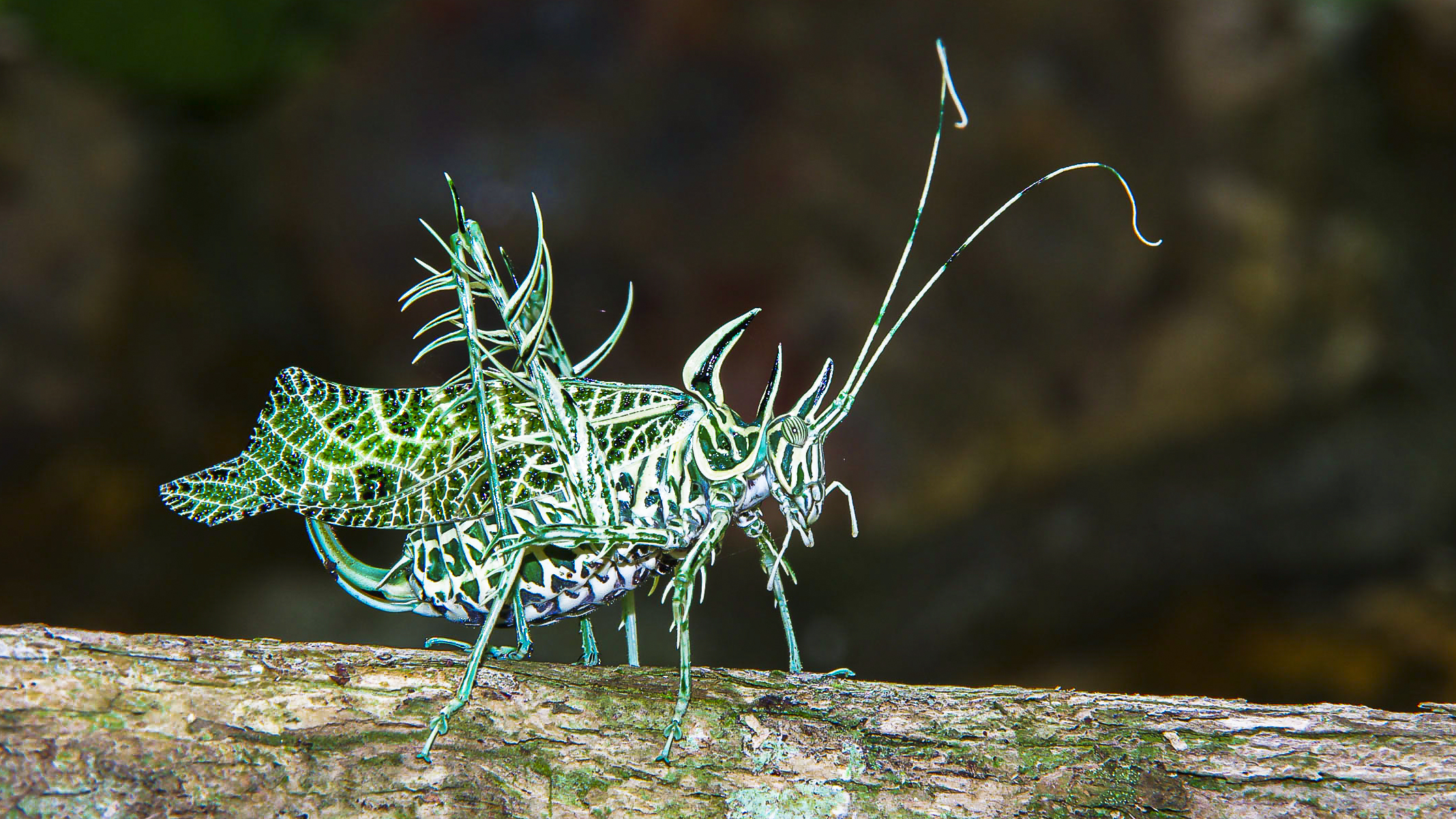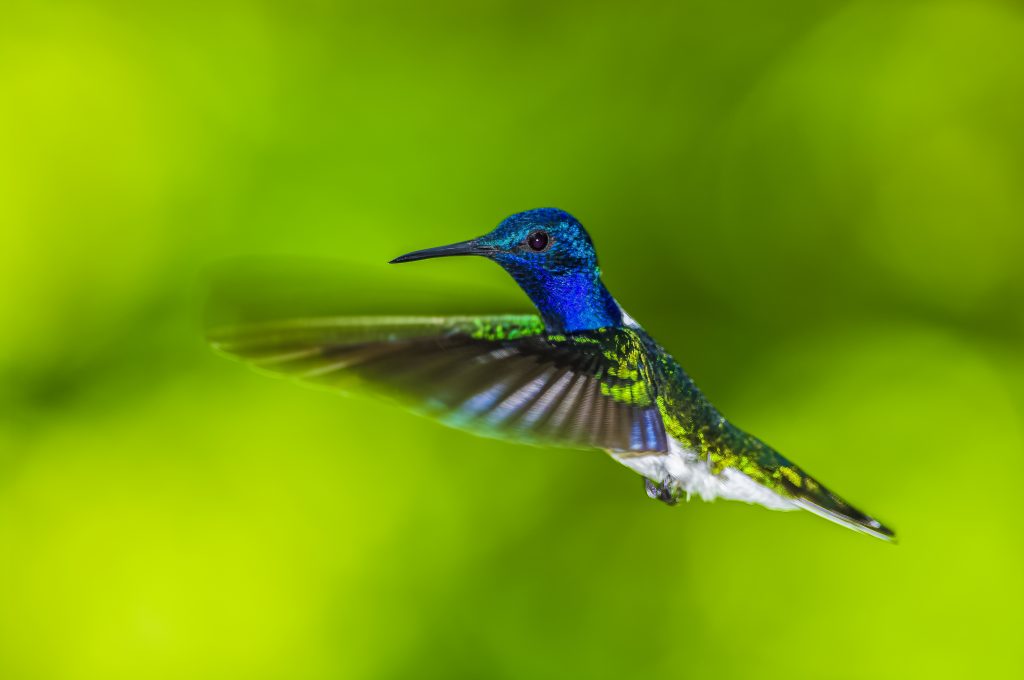Introduction to Animal Behavior
The Magic of Watching Animals
Have you ever caught a bird expertly constructing its nest or a dolphin doing graceful flips in the ocean? Animal behavior is utterly mesmerizing. It’s all about what animals do and why they do it—whether reacting to their surroundings, interacting with other critters, or responding to what’s going on inside them. From simple reflexes to complex social interactions, animals show off a fantastic range of behaviors, proving just how adaptable life on Earth really is.
| Behavioral Traits | Example |
|---|---|
| Mimicry | Monarch Butterflies |
| Tool Use | Chimpanzees |
| Communication | Whales |
Seeing the world through the eyes of animals helps us find surprising connections between them and us. It sparks curiosity and deepens our appreciation for the natural world.
Why Bother with Animal Behavior?
Studying how animals behave is pretty essential. It teaches us about ecosystems, helps in wildlife conservation, and sometimes even sheds light on our own behaviors. By observing animals, we learn where they fit in food chains and how they adapt when things change. For instance, knowing about bird migration patterns gives us big clues about climate change.
| Why Study Animal Behavior | What We Learn |
|---|---|
| Ecosystem Insights | Shows us how animals fit into food chains |
| Conservation Help | Guides efforts to protect endangered species |
| Human Behavior Insights | Offers parallels to our own actions |
Research into how animals behave offers vital data for conservation efforts. Understanding predator-prey relationships can help us maintain balanced ecosystems and protect species that are threatened by human actions. Plus, witnessing how animals solve problems and use tools not only shows their smarts but also hints at the evolutionary paths that got them here, as you’ll see in our animal evolution timeline.
Exploring animal behavior is like stepping into an epic adventure that uncovers the mind-blowing complexity and beauty of nature. Dive in, and let’s marvel at the wonders of the animal kingdom together!
Mind-Blowing Animal Behaviors
Animals can be mind-bogglingly smart, often in ways we never imagined. Here are three jaw-dropping behaviors that’ll blow your mind.
Nature’s Copycats
In the wild, some animals are masters of imitation. This mimicry can be a lifesaver, tricking both predators and prey. Check out the Viceroy butterfly – it’s a dead ringer for the toxic Monarch butterfly. Predators take one look and think, “Nope, not today!” and leave it alone.

| Animal | Mimicry Type | Why They Do It |
|---|---|---|
| Viceroy Butterfly | Batesian Mimicry | To Avoid Predators |
| Cuttlefish | Dynamic Camouflage | To Hide/Bait Prey |
| Leaf-Tailed Gecko | Leaf Mimicry | To Avoid Predators |
Animals with Tools
Think only humans use tools? Think again. Animals are surprisingly crafty when it comes to using what’s around them. Take chimpanzees, for instance – they use sticks to fish for termites. And crows? They can turn a simple wire into a hook to grab stuff. Even sea otters get in on the action, using rocks to smash open shellfish.
| Animal | Tool | What’s It For? |
|---|---|---|
| Chimpanzee | Stick | Getting Termites |
| Crow | Bent Wire | Picking Up Objects |
| Sea Otter | Rocks | Cracking Shellfish |
Animal Chit-Chat
Communication in the animal world is off the charts. Dolphins speak in a series of clicks and whistles, basically creating their own aquatic language. Honeybees dance – yes, dance – to point their buddies to food. Elephants? They take the low route, literally, using deep, rumbling sounds to chat from miles away.
| Animal | How They Communicate | Why They Do It |
|---|---|---|
| Dolphin | Clicks and Whistles | To Socialize/Navigate |
| Honeybee | Waggle Dance | To Find Food |
| Elephant | Low-Frequency Sounds | Long-Distance Messaging |
These awesome examples show just how adaptable and smart animals can be. Watching these behaviors gives us a peek into their savvy ways of surviving and thriving. Curious about more cool animal facts? Dive into our piece on how animals have evolved over time in our animal evolution timeline.
Adaptable Creatures
Animals are pretty good at rolling with the punches. They find the quirkiest ways to blend in, dodge trouble, and make the most out of changing seasons. Let’s check out some cool tricks our furry, feathery, and scaly friends use to stay ahead of the game.
The Art of Camouflage
You won’t believe the lengths some animals go to play hide and seek with predators. Camouflage is their go-to ninja tactic. Think of it like nature’s version of an invisibility cloak. Here’s the lowdown on how they disappear:
- Color Matching: These animals are the ultimate chameleons. Literally. Chameleons change colors to fit in with their surroundings. Octopuses, too, can blend into the ocean floor like underwater Houdinis.
- Disruptive Coloration: Some animals mix things up with patterns that mess with a predator’s eyesight. Zebras, with their funky stripes, and tigers with their stripes, are prime examples.
- Mimicry: Ever seen a stick insect? No? That’s the point. Some bugs and butterflies look so much like leaves or branches that you’d need a magnifying glass to tell them apart from the real deal.
| Camouflage Type | Examples |
|---|---|
| Color Matching | Chameleon, Octopus |
| Disruptive Coloration | Zebra, Tiger |
| Mimicry | Stick Insect, Leaf Butterfly |
Hibernation and Migration Adventures
When life gets tough, some animals take power naps or go on epic road trips. These strategies help them survive when things get a little too chilly or the buffet runs out.
- Hibernation: Think of it as the ultimate lazy Sunday. Bears and hedgehogs snooze through winter, slowing down their metabolism to save energy.
- Migration: Birds and butterflies are the original snowbirds. When it gets frosty or food gets scarce, they pack up and head for warmer, greener pastures. Monarch butterflies and Arctic terns are the rock stars of long-distance travel.
| Behavior Type | Examples |
|---|---|
| Hibernation | Bear, Hedgehog |
| Migration | Monarch Butterfly, Arctic Tern |
Want to know more about these incredible journeys? Check out our bird migration patterns page.
Brainy Beasts: Problem-Solving Skills
Some animals are whip-smart, rocking some serious problem-solving chops. Whether it’s using tools or cracking puzzles, they find clever ways to get what they want.
- Tool Use: Got termites? No problem. Chimpanzees grab sticks to snack on them. Crows have also been caught in the act, using tools to snag their meals.
- Puzzle-Solving: Octopuses are basically underwater escape artists. They can open jars to get the goodies inside. Dolphins, too, are pretty slick when it comes to puzzle-solving for their supper.
- Learning and Memory: Elephants never forget…literally. With their incredible memory and learning skills, they navigate their habitats like pros. Parrots aren’t just good at mimicry; they learn and remember all sorts of tricks.
| Skill | Examples |
|---|---|
| Tool Use | Chimpanzee, Crow |
| Puzzle-Solving | Octopus, Dolphin |
| Learning and Memory | Elephant, Parrot |
These examples show just how crafty and resilient our animal buddies can be. If you’re hungry for more, dive into our animal evolution timeline to see how these behaviors developed over time.
Social Interactions
Animal social interactions are absolutely fascinating! Let’s check out some jaw-dropping examples, from teamwork and pecking orders to acts of generosity.
Teamwork Among Animals
Animals working together? Mind-blowing right? Here’s the dirt on some of our wild friends’ cooperative tricks.
Take wolves, for example. They don’t just hunt solo; they plan and execute hunts as a pack to take down prey way bigger and scarier than themselves.
In the blue depths of the ocean, dolphins have their own teamwork playbook. They herd fish into tightly packed schools, making it a smorgasbord for their friends.
Then we have meerkats. These little guys are the definition of “all for one, one for all.” They take turns keeping watch while others dig for food. Talk about team spirit!
Pecking Orders and Power Plays
In the wild, who gets what depends a lot on who’s boss. Gotta love a good social ladder!
In a lion pride, the big boss male gets the first pickings of food and who mates with whom. No arguments there—unless you want to challenge the king!
Chickens have their own social drama, complete with a “pecking order.” Who pecks first at the feed shows who’s top-bird and who eats the leftovers.
Our primate cousins, like baboons, sort out who’s who through some not-so-gentle confrontations. The higher up they are, the better food and mate access they get.
| Species | Social Rank Example |
|---|---|
| Lions | Big boss male gets the prime cuts and gals |
| Chickens | Pecking hierarchy for first dibs on food |
| Baboons | Fighting for top-dog status and perks |
Animal Acts of Generosity
Did you know some animals play saint? They risk it all for their pals.
Looking at vampire bats, these bloodsuckers share! If one doesn’t get a meal, a friend will regurgitate blood for it. Gross but sweet.
Worker bees take one for the hive. They’re sterile but work their rear ends off to support the queen and her offspring. That’s some dedication!
And those elephants? They’re giants with gentle hearts. They help out injured or weak buddies, proving their massive size comes with a massive heart.
These animal behaviors never cease to amaze! For more awesome examples, dive into our sections on adaptable creatures and instinct vs. learned behaviors.
Instinct vs. Learned Behaviors
Animals behave in ways influenced either by their instincts or through learning from their environment and peers. Let’s break down some of these fascinating elements.
Hunting Techniques
The wild’s a blend of gut instinct and savvy learning. Just check out how predators go about their hunting. Lions and wolves, for example, are born with a basic skill set but pick up tricks by watching the older, wiser members of their groups. These hunting strategies can change depending on what they’re chasing and where they’re at.

Think about a pride of lions. Those adorable little cubs? They’re not just playing; they’re practicing. They mimic the older lions, learning when to stalk and when to pounce.
| Animal | Instinctual Hunting Skill | Learned Hunting Skill |
|---|---|---|
| Lion | Stalking and pouncing | Coordinated group hunting |
| Wolf | Chasing | Forming strategic packs |
| Cheetah | Sprinting | Picking off the easiest prey |
| Shark | Powerful biting | Ambushing with patience and precision |
Nest-Building Skills
Nest-building showcases another cool mix of instinct and learning. Birds feel a natural urge to build nests, but experience and their environment can make them better builders over time.
Take weaver birds. They’ve got a knack for making intricate nests. They start with an instinctual urge, but refine their techniques by observing and tweaking, depending on available materials and specific needs.
| Bird Species | Instinctual Skill | Learned Skill |
|---|---|---|
| Weaver Bird | Basic nest structure | Choosing better materials, enhancing weaving |
| Swallow | Using mud and saliva | Making nests more durable |
| Robin | Cup-shaped nest design | Avoiding predator hotspots |
| Bald Eagle | Building a large nest | Reinforcing and expanding nests repeatedly |
Cultural Transmission in Animal Groups
Cultural transmission is how animals share knowledge. Watch chimpanzees using tools to get termites from mounds, and you’re seeing this in action. Younger chimps learn by observing their elders.
This sharing isn’t just about tools. It spans foraging techniques, specific calls, and even social stuff. Dolphins, for example, teach their young to use sponges to protect their snouts while hunting, passing this trick down the line.
| Animal Group | Instinctual Behavior | Learned Behavior via Cultural Transmission |
|---|---|---|
| Chimpanzee | Basic tool use | Advanced tool techniques |
| Dolphin | Basic hunting instincts | Using marine sponges for foraging |
| Elephant | Migratory habits | Complex social maneuvers and play behaviors |
| Orca | Fish hunting | Coordinated group hunting strategies |
Delving into these behaviors shows the incredible adaptability of wildlife. Understanding them opens a window into the intricate dynamics of animal behavior.
For more fascinating dives into how these behaviors evolve over time, check out our write-up on the animal evolution timeline.
Mind-Blowing Animal Adaptations
Ever wondered how animals pull off those incredible survival tricks? Take a look at some wild examples of how creatures have adapted over the ages.
Tricks of the Trade
Animals have invented all sorts of genius ways to stay alive in the wild. Think of them as master illusionists or survival experts. Some have mastered the art of camouflage, blending seamlessly into their surroundings to dodge predators. Others flaunt flashy colors to scream, “Don’t mess with me!” And then there’s the drama of playing dead.
| Survival Trick | Example Animal | What’s the Deal? |
|---|---|---|
| Camouflage | Chameleons | They morph colors to disappear into the background. |
| Flashy Colors | Poison Dart Frogs | Their bright colors shout, “I’m toxic!” |
| Playing Dead | Opossums | They flop over and fake being lifeless. |
Baby Games
When it comes to babies, animals have some intriguing tricks up their sleeves. Some opt for quantity, having loads of kids to up the odds of survival. Others, like elephant parents, go all-in on a few, offering VIP treatment and care.
| Baby Strategy | Example Animal | What’s the Deal? |
|---|---|---|
| Many Babies | Sea Turtles | They lay hundreds of eggs—think big family. |
| VIP Care | Elephants | They dote on their calves for years. |
| Sticking Together | Albatross | These lovebirds mate for life. |
Behaving Differently
Animal behavior can change across generations due to things like environmental changes or humans getting involved. By studying these shifts, scientists get a peek into how behavior evolves over time.
| Behavioral Switch | Example Animal | What’s the Deal? |
|---|---|---|
| Tool Time | Chimpanzees | They figured out how to use sticks to snack on termites. |
| New Routes | Birds | They change their travel plans because of climate change (bird migration patterns). |
| Food Flips | Bears | They switch between being plant-eaters and meat-eaters (herbivores vs carnivores). |
These adaptations highlight the wild variety of survival strategies in the animal world. Getting a grip on these behaviors amps up our appreciation of nature and helps in efforts like saving endangered species. For more mind-blowing insights, check out the animal evolution timeline.
Here some recommended links selected for you: The Best Books of the Month, Todays best Deals at Amazon, Best Sellers in Cell Phones & Accessories and last but not least the easy and great way to send a gift for the holidays: Amazon.com eGift Card (Instant Email or Text Delivery).




